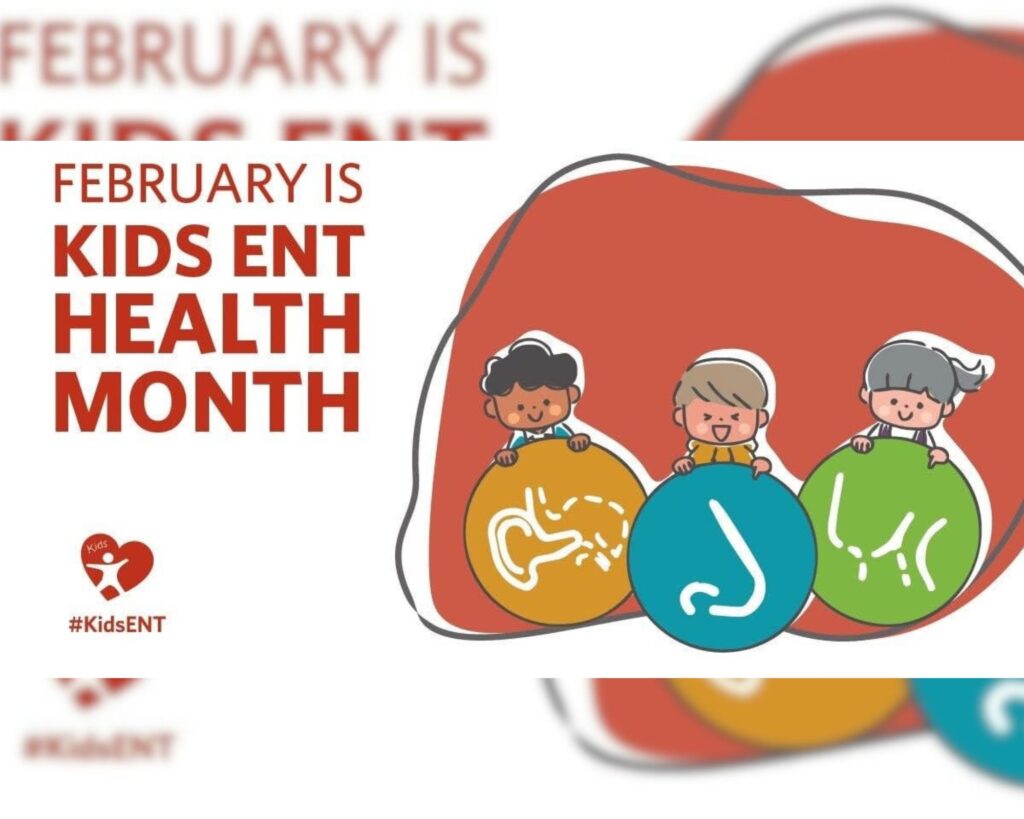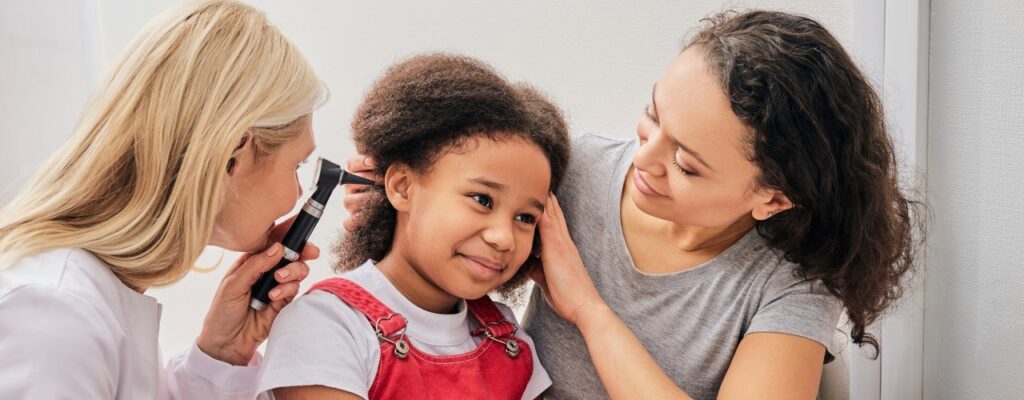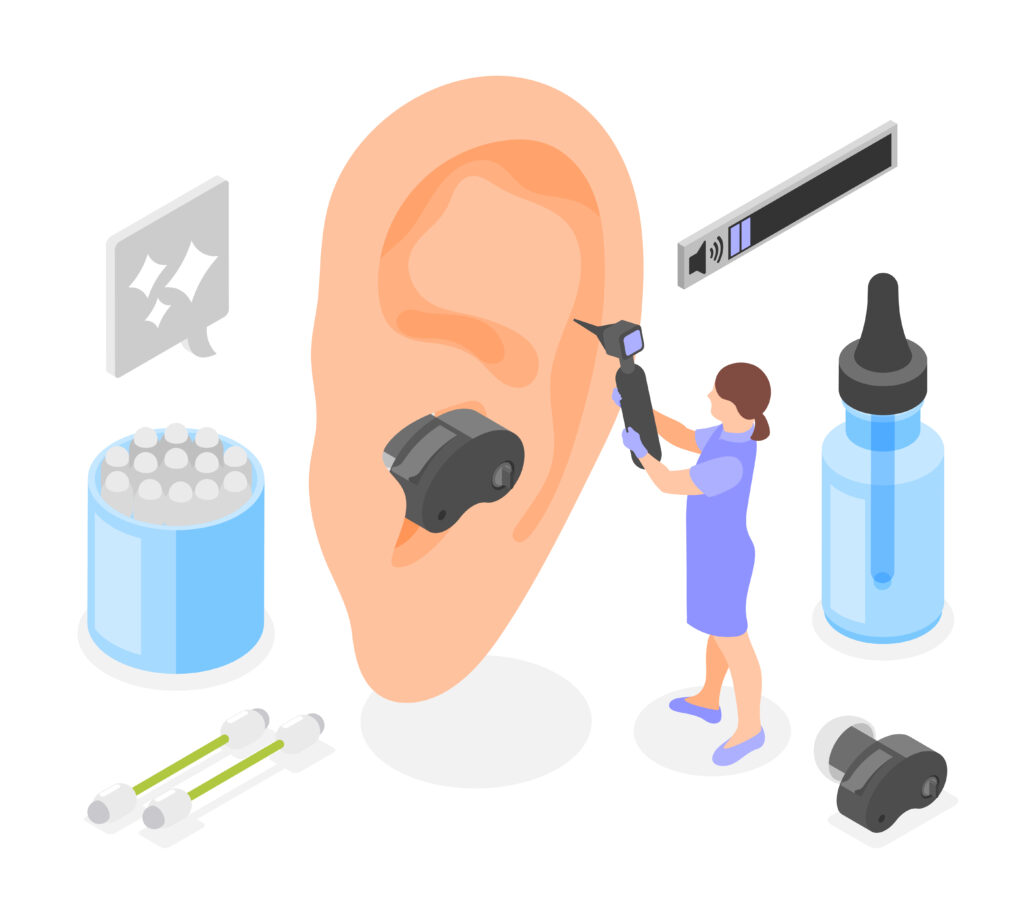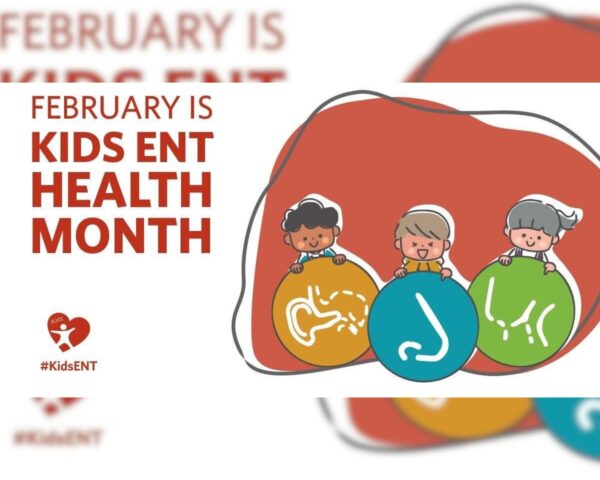
February is Kids Ear, Nose and Throat (ENT) Health Month, so it’s a perfect time to tune into children’s hearing health! Hearing fuels learning, speech, and social growth. Unnoticed hearing loss can hinder communication, isolate your child socially, and delay essential developmental milestones. In fact, the World Health Organization (WHO) reports that over 5% of the global population faces disabling hearing issues, with 34 million of those being children.
Understanding Developmental Milestones
Imagine your child thriving by meeting each developmental milestone. Babies drop hints about their hearing as they grow. While every child progresses differently, these cues offer clues for parents to monitor:
- 1–3 Months: Babies typically cry and coo. If your baby does not react to loud sounds, it might be a concern.
- 4–6 Months: Expect gurgles, squeals, and laughter. A lack of these sounds could signal an underlying issue.
- 6–9 Months: Babbling and mimicking speech are normal. Missing these cues might indicate a need for further evaluation.
- Around 12 Months: Most children say their first words. Delays here should prompt further checks.
- 18 Months–2 Years: Children usually develop about 50 words and simple phrases. A very limited vocabulary may be a red flag.
Why Early Detection Matters?

Image via Harley Street ENT Clinic
Early action is key! With prompt screening, which is standard in many urban centers, potential hearing issues can be identified and addressed quickly. While some rural areas may lack immediate access to these tests, being vigilant about developmental cues can guide you to seek help sooner rather than later. Once an issue is observed, specialists can evaluate whether the issue is due to hearing loss, neurological factors, or oral challenges.
Treatment and Support Options

Faculty of Health and Medical Sciences, Taylor’s University
When we catch hearing issues early, a world of options unfolds. Some effective interventions like hearing aids, cochlear implants, and speech therapy will give your child the best chance to succeed. Parents, teachers, and healthcare providers become the MVPs in this journey. Simple yet effective measures like engaging your child in lively conversation and ensuring they sit up front in class can significantly enhance their learning environment. And remember, building a supportive network with family, educators, and fellow parents creates a community where every sound matters.
Early Detection is Crucial

This Kids ENT Health Month, let’s encourage early screenings and spread the word about the importance of children’s hearing health. Empower yourself with knowledge and take that vital step today because every sound can open up a world of possibilities for your child.
Embrace the journey and help ensure that every whisper, giggle, and word contributes to a brighter and more connected future.
Article Attributed to: Dr Vivian George Vincent Fernandez, Associate Professor at the School of Medicine,
Faculty of Health and Medical Sciences, Taylor’s University










